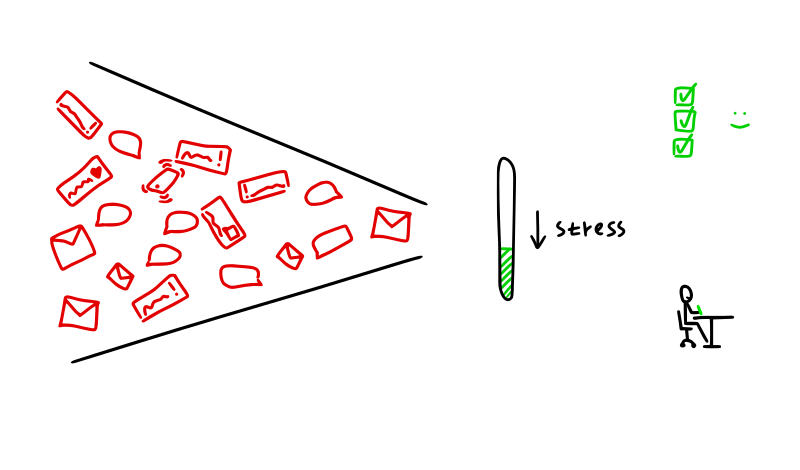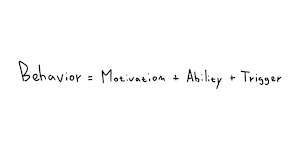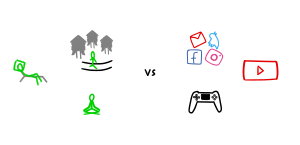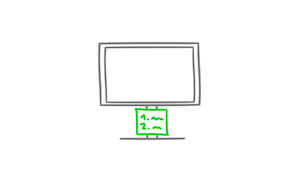How to start working
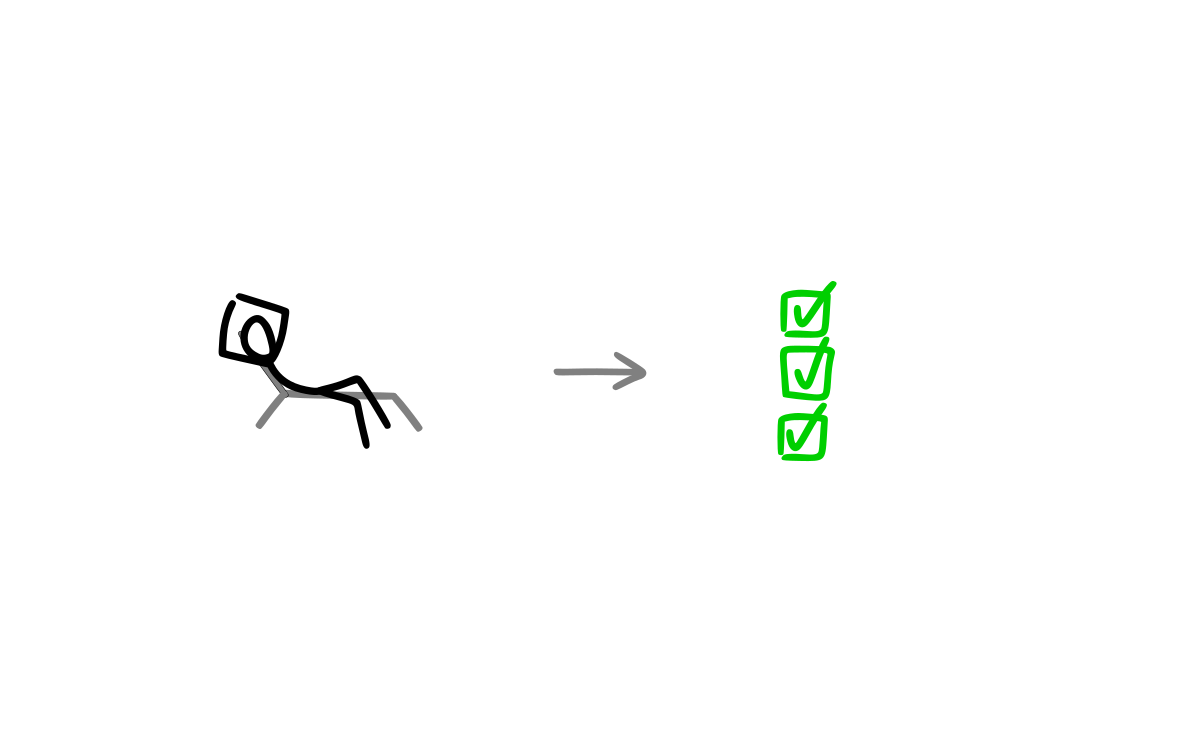
How do you actually sit down and start working?
That may seem like a stupid question, but it's not.
It's never been easier to not work when you're supposed to.
Since much of modern work has moved on from straightforward manual labor into the area of mental work, our mental state plays a bigger role than ever.
Another two aspects of our lives that play a bigger role now are our surroundings and are tools. Where before work entailed going places and using a wide variety of tools, not for many of us, our workspace is the home office, our only tool being a computer. 1 place, 1 tool.
But since our environment and our devices allow us both to be productive or to be passively entertained, our brains get confused. The boundary between work and leisure muddles or vanishes altogether.
And so, we can un-train ourselves to work when we mean to.
This article will help you reverse that.
We'll take a look at 6 factors to address when we want to sit down and do focused work.
Mental state check
Do you feel good enough?
The first thing that can derail us is a bad mental state.
If you're exhausted, it will be hard to do anything.
Serious sleep deprivation or sickness can take the wind out of anyone's sails.
If you were to rate on a scale of 1 to 10 how much energy you have right now, which number would you pick?
If it's 6 or less, perhaps it's a good idea to take a break and reset.
While we all have different ways of resetting, here's a short article with concrete suggestions on how to get more energy to dive into productive efforts.
Taking a break is also important when your mental state gets out of whack due to emotional issues. The stronger the negative emotion, the longer the break should be (in general).
If you'd rate your overall mental state at 6 or higher, that's good enough. You don't need to be at 10 to start.
The more motivated and energetic you feel, the harder the task you can choose to start with.
The less motivated you feel, the simpler and easier your first task should be.
Feeling good enough? Let's crack on!
Shield yourself from distractions
Do you have nothing else to do?
The second step is to make sure you won't get distracted.
It's never been easier to get distracted for endless periods of time. It's hard to make meaningful progress if you spend 3 hours on your phone, watching random YouTube videos, or even the TV. All of these activities put us into zombie mode—mindless scrolling and tapping until we're barely awake.
Here's the thing: we all have time in our day to improve ourselves. Some of us have hours, some of minutes, but we all have some time to work on ourselves—if we don't let distractions steal it.
Don't let distractions take up all of your free time. Protect yourself from them when you want to focus.
3 good actions you can take before a work session are
- Put your phone out of sight, out of reach, and out of hearing (= Rule of 3 Senses)
- Block distractions in the browser.
- Make sure no commitments will come up in the next 60-90 minutes. (End any ongoing conversations.)
If you do that, you're already ahead of 80-90% of people.
It's much easier to "get into work" when various devices in our surroundings aren't screaming at our subconscious mind pick me up and scroll!
Find a specific task
Do you know what to do?
You've put distractions away. Now what?
Now you need something to work on. In order to focus our attention, we need to have a task to focus on.
If you sit down to work and don't know what to work on, you need to define it. In specific terms.
Working really has 2 parts:
- Defining work
- Doing work
If we have an ill-defined assignment, it's much harder to do the second step.
Many of us have projects:
- Clean the garage
- Work on a proposal
- Record a video
Projects are great, but as David Allen points out in GTD, you can't do a project. A vague project is not a concrete action. "Work on a proposal" is still vague, perhaps vague enough that we procrastinate instead of dealing with that ambiguity.
Taking the list above, the concrete actions might be:
Clean the garage
- Take out the 2 trash bags by the door
Work on a proposal
- Google "proposal template" and find a proposal for inspiration
Record a video
- Write out what I'm going to say (15 minutes)
Having a specific action makes a difference. You have something to focus on, a clear place to start.
Don't have a specific task? Define one. Got it? Onwards!
Find a reason
Do you know why?
This point may or may not be a problem for you, depending on the task you defined.
The simple question is: do you have a personal reason why do that task?
Without a reason, you won't get motivated to do it.
So what is your reason for sitting down at the table?
Is it that you need to pay the bills?
Is it that you want to save the world?
Anything in between?
Your reasons can be mundane or noble, common or unique, selfish or selfless, what matters is that you have some.
If you don't have a why, take a moment to find it.
Take the first step
We can be in a distraction-free environment, have a task defined, know why, and still find a way to procrastinate.
We can get ourselves derailed, let something come in between us and what we meant to do.
We think about the action we need to take and think that we can't do it, or that it's insignificant, or that we don't want to do it.
Now, we're most likely to procrastinate when we haven't done anything, when we don't have any momentum.
To not let anything come in between us and the action we want to take, we need to get started in any way possible.
Get started by reading something.
Get started by writing 1 sentence.
Get started by putting away 1 thing.
We can use the 10 Minute Rule:
Try working on something for 10 minutes and then see if you want to continue. If not, you can stop and try again later.
We tend to overestimate how hard or unpleasant work will be before we start. Once we're doing something, we often find it much easier to keep going.
Get started. Don't over-complicate it. Start a 10 minute timer if you want to.
Focus on the clear action to take and take it.
Summary
So that's how to start working:
Do a mental state check
Shield yourself from distractions
Find a specific task
(And find a reason to do it.)
Take the first step
If you follow this recipe, you will start working. The more times you follow it, the better you'll be at it.
Try it today.
